The danger of "freezing" the project "straight-through" missiles RVV-AE-PD in favor of the traditional "Products 170-1"
Regularly focusing their attention on such “poles” of geostrategic tensions as the Syrian theater of operations or the pre-escalating Korean peninsula, not all have time to thoroughly familiarize themselves with less-lit technological developments on the pages of various military-analytical publications. Nevertheless, it is from the latter that the most reliable tactical picture can be formed, which makes it possible to relate the forces of the parties that have entered the escalating path relatively correctly; on points to place their strengths and weaknesses, as well as partially predict the outcome of the coming sea, land and air battles.
Now such events can be safely ranked the active phase of testing the most ambitious brainchild of the Matra BAE Dynamics Alenia Corporation (MBDA) - the Meteor air-to-air missile. Over the past month, Western European military-analytical resources have posted on their pages several news posts on the stages of progress achieved in the integration of Meteor missiles with the weapons control systems of the main fighters of American and European design.
So, on April 27, 2017, the British portal ukdefencejournal.org.uk announced the successful launch of two Meteor MBDAs simultaneously for different purposes from the experienced Eurofighter Typhoon IPA4 fighter (flying laboratory version of Instrumented Production Aircraft 4 for testing new elements of avionics and weapons) Spanish Air Force. During the test, the possibility of multi-channel operation of the Typhoon, equipped with an early modification of radar with a slot antenna array ECR-90 “CAPTOR-M”, was confirmed. In combat conditions, this radar, due to technical capabilities, can simultaneously “capture” 6 air targets of the “fighter” type (EPR 1 m2) at a range of 115 km in a simple jamming environment and at a distance of about 50 km in a complex one. Meanwhile, for the first time, the initial combat readiness of the Meteors was achieved in conjunction with the avionics of the MS20 version of the JAS-39C Gripen light multipurpose fighter version 20 of the Swedish Air Force on July 11, 2016. This date can be considered a turning point in the quality of operations to gain superiority in the air of fighter aviation pro-American countries at the European theater of operations. On the same day, the ratio of tactical and technical capabilities between the fighter squad of the 105th mixed air division of the Russian Air Force on the Kola air direction and the air wings of the Swedish Air Force (Skaraborg - F7, Bleking - F-17, etc.) has changed significantly; as you understand, change is far from in our favor.
Meanwhile, the upgraded MiG-31BM interceptors with the Р-33С and Р-37 missiles that are being adopted by the VKS in the Western Military District cannot be considered a worthy asymmetric response to the "Gripenes" armed with the MBDA "Meteor" for technical reasons. So, two types of missiles, although they have a huge range in 160 and 300 km, respectively, as well as flight speeds in 3700 and 6400 km / h, their maneuvering qualities remain at a very mediocre level, allowing them to intercept air targets maneuvering with overloads to 8 units . only at distances of about 120 or 220 km. And even then only in the stratospheric part of the flight, where the ballistic deceleration rate of the missiles is very small due to the rarefied air. At low altitudes, the P-33C / 37 range is significantly reduced due to tropospheric loss of speed and energy characteristics. The main purpose of this family of rockets is to intercept hypersonic stratospheric targets at very large ranges and low-maneuverable low-altitude CD at medium distances.
At a time when some of our little-knowledgeable members of the forum and the media continue to present the integration of the P-33C and RVV-BD interceptor missiles into the Foxhound and PAK FA fire control systems as a “significant separation” from Western air combat missiles (as is well known, comparing different by appointment P-37 with AIM-120D absolutely does not make sense), from Western Europe comes a very disappointing disproving information, which should be carefully read. In particular, some Western news resources, citing airrecognition.com and sources in the defense department, began to openly point out the main advantages of the MBDA Meteor rocket. One of them, without a doubt, is an advanced marching ramjet engine, which uses a heavy boron-containing oxygen-deficient fuel as a gas generator, which has about a 2 fold more heat of combustion than a standard hydrocarbon fuel. The engine from the company “Bayern-Chemie Protac” is equipped with a control valve in the nozzle of the gas generator, which allows you to very clearly change the speed of flight and save the remainder of the fuel for the decisive flying area of the trajectory.
After the Meteor has raised the altitude in 20 - 25 km and speeds of the order of 3800 - 4000 km / h, the ramjet performs a transition to an economical mode of operation with minimal fuel consumption, the rocket moves with the 3,5 fly speed and minimal ballistic deceleration in the stratosphere. Upon reaching the distance 90 - 110 km from the launch point of the ramjet, it goes to medium or maximum thrust, and the rocket accelerates to 4 - 4,5M. As a result, in the final leg of the flight (120 - 150 km), MBDA Meteor has ample energy qualities for intercepting targets maneuvering with overloads up to 11-12 units. In this case, the pursuit of the goal can occur both in the stratosphere and in the lower layers of the troposphere. Such qualities today do not have any Russian or American long-range air-to-air missiles.
If the United States Air Force even has AIM-120D (C-8) AMRAAM, which retains a good energy potential at a distance of up to 70 - 90 km when working on medium-high and low-altitude targets by increasing the length of the fuel charge and the efficiency of the fuel itself compared to early AIM -120С-5 / 7, then as part of the fighter aviation of the Russian Air Force, there is not a single long-range URVV with a similar set of flight characteristics. The R-27EP / ET, P-77 (RVV-AE) and the more modern RVV-SD (“170-1”), which are in service at low average altitudes, have an effective range of only 60 - 80 km. After generating fuel charges, the lattice and butterfly-like P-27EP and P-77 missiles with enormous aerodynamic resistance instantaneously decrease the speed from 4 to 2 and lower sound speeds, especially at low altitudes: the rocket becomes ineffective. The British rocket "Meteor" is absolutely not subject to the shortcomings of the above types of conventional solid-fuel air combat missiles, and therefore even the presence of our Su-35S unique Irbis-E radar does not give a decisive advantage over NATO fighter planes equipped with promising direct-flow meteoros " ". Moreover, for the effective use of these URVV, neither “Typhoon” nor “Gripena” absolutely need urgent upgrading with new powerful radars with AFAR “CAPTOR-E” and ES-05 “Raven”, since “Meteor” can either be guided by a remote the object of the enemy according to its own radiation, or to receive target designation from third-party RTR / DER devices via the Link-16 channel or CDL-39. Do we have an answer to the appearance of promising MBDA "Meteor" from the closest opponents?
Without a doubt, yes. But the prospects for its implementation, unfortunately, are not entirely clear. At the end of 80-x - the beginning of 90-x. GosMKB "Vympel" began to develop a unique at that time guided missile long-range air combat K-77PD (RVV-AE-PD). The new product was designed on the basis of the hull and lattice aerodynamic rudders of the P-77 rocket, but received a greater length on the 100 mm. Lattice rudders made it possible to maintain the high maneuverability of the “PD” missile compared to a conventional RVV-AE, which, in addition to a ramjet engine, made it possible to increase several times the effectiveness of intercepting maneuvering targets at distances over 100 km and altitudes 3 - 5 km ( The angular velocity of the P-77PD rotation is calculated to reach 130-150 degrees / s, and the maximum overload of 30 - 35 units.). In terms of combat qualities, this missile is not inferior to the British Meteor air-launched missile defense missile, which was developed almost a decade later. One of the constructive differences of RVV-AE-PD from Meteor was the original design of the bearing planes. Thus, the role of the wings in the aerodynamic scheme of the Russian rocket is performed not by separate planes, but by the developed external surfaces of the four air intakes and air ramjet duct channels.
The weight of URVV P-77PD by 29% exceeds the weight of the serial RVV-AE (225 versus 175 kg). Therefore, to compensate for the weighting, which has a direct impact on maneuverability, the range of cruciform lattice aerodynamic control surfaces was increased by 70 mm (from 750 to 820 mm). The rudders of this design are much more efficient when maneuvering and ergonomic in terms of maintaining an acceptable weight and rocket dimensions to be placed in the internal armaments of the 5 generation fighter jets (lattice rudders have confirmed excellent qualities in the design of an XTNX9 “Point” operational tactical ballistic missile). The range claimed by the manufacturer P-79PD, exceeds the parameters of the "Meteor" and is 77-160 km. The rocket model was first presented at the Farnborough exhibition in 180 for a broad review by the Western European public, while the Russians were able to get a closer look at the unique creation of Russian engineering in the MAKS-1993 aerospace show; after that, no reliable information about flight tests and preparation for serial production of RVV-AE-PD did not appear.
From Western Europe, news that is very unpleasant for us continues to come. Meteor’s MBDA missile is actively integrating into the avionics architecture not only of such machines from the Old World as Typhoon, Rafal and Gripen, but also into the weapon control system of the American 5 generation F-35B Lightning II fighter ", Which should become the basic deck component of the British aircraft carrier R08 HMS" Queen Elizabeth ". Information about this appeared on various 26 sources on April 2017 of the year with reference to the famous janes.com magazine and Dave Armstrong, managing director of MBDA UK. According to their information, by the 2024 year, full-fledged software for the F-35B Block IV SECS will be perfected, which will allow the use of Meteor from the board of the "numbed" Lightning. But here there are some nuances.
According to D. Armstrong, for the correct placement of “Meteor” on the internal nodes of the F-35B Block IV suspension, it is necessary to refine the aerodynamic control surfaces of the rocket to fit the geometric features of the fighter's internal compartment. In this case, Armstrong frankly bluffing, saying that changing the shape and area of the rudders will not affect the effectiveness of the rocket. Back in July 2014, photos of the F-35B mock-up from the Farnborough International Air Show - 2014 were posted on the information resource www.navyrecognition.com, where 2 MBDA Meteor and 8 compact multipurpose weapons were behind the open wings of the weapons compartment SPEAR-3 guided missiles. On the "Meteora" clearly visible the very "trimmed" aerodynamic control surfaces, the "effectiveness" of which said the head of the British division of MBDA. The area of each rotating plane barely corresponds to half of that observed in standard versions of the Meteor, AIM-120C or MICA-IR / EM missiles. To declare in such a situation that the rocket will retain the same maneuverability, it is necessary to be either incompetent in matters of aerodynamics, or simply to mislead the readers, relying on their low technical knowledge. The available rotational speed of the Meteor rocket may decrease by approximately 1,5 times, which will not allow to effectively intercept targets with overloads of more than 8 units.
Our RVV-AE-PD parameters are completely different. Lattice handlebars are equipped with a specialized folding mechanism. This makes it possible to minimize the dimensions of the storage containers, as well as to place the rocket in confined spaces of the internal weapon compartments, or external suspended stealth containers for rocket-bomb armaments (the rocket can fit in square space with a width of 30 cm side and 3750 mm length). The total working area of all blade-shaped planes of each lattice R-77PD steering wheel roughly corresponds to or slightly exceeds the area of a single flat aerodynamic steering wheel of a conventional Meteor modification, and approximately 2 times the steering wheel area of a Meteor rocket adapted for F-35B bays. Already this detail equalizes their LTH. The next point is a lower moment at the turn, due to which it became possible to equip with more miniature "steering gears" (drives), as well as the ability to bring the steering wheel to the 40-degree angle of attack, which neither Meteora nor AMRAAMs will realize due to too much torque on solid steering elements.
Due to similar technological bells and whistles, the RVV-AE-PD is unconditionally ahead of two MBDA “Meteor” modifications in terms of maneuverability parameters at all application ranges. Insignificant, in comparison with Meteor, the disadvantage can be considered only slightly larger dimensions of our rocket in the folded state, the reason for which is the presence not of 2-x, but 4-x of air intakes of the KRPD-TT rocket-ramjet engine with solid propellant gas generator charge. The KRPD-TT 371 engine with specific thrust from 500 to 700 (2,5 times more than anti-aircraft 48Н6Е2) gives the rocket a pre-hypersonic speed in 4,5-5М that can be maintained for a long time. This allows us to intercept targets that are currently unattainable for such "energy" PEM as the P-27EP. The high efficiency of the RVV-AE-PD can be maintained at altitudes up to 30 + km.
As for the RVV-AE-PD and MBDA “Meteor” guidance systems, both our and British air combat missiles have advanced inertial navigation systems, radio-correction modules and can be equipped with new types of multi-mode active radar homing heads operating at the highest frequencies of the centimeter range (J, Ku).
The newest active-passive radar homing head 9B-1103М-200PS can be adapted for use on the RVV-AE-PD. An 200 mm slot-hole antenna array and a modern digital element base allow Agatov ARGSN to actively capture an HARM-type target at a distance of 5,5 km, a fighter - 15 km, while the minimum available EPR corresponds to 0,05 м2. Passive mode makes it possible to track down radio-emitting targets (DRLO / RTR aircraft, fighter with radar turned on or anti-ship missiles with operating GOS) at a distance of several dozen to 200 km. Moreover, 9B-1103-200PS is capable of operating on an object flying at a speed of 5300 km / h. According to the manufacturer and specialized sources (as confirmed by the ARGSN parameters), virtually any elements of high precision are included in the list of targets even for the early RVV-AE weapons and air attack weapons (from anti-radar missiles to similar air-to-air missiles Sparrow, AMRAAM and Meteor).
This homing head provides for the “start-and-forget” mode of operation and can reach the target using either a continuously received radio correction signal from the carrier or third-party radar tools, or by complex proportional guidance by flying to a preemptive meeting point with a target. The latter entails some risks associated with the possible loss of a target if, at a distance of three or more than ten kilometers to the interception object, the rocket will be detected by a modern AEW plane or AFAR radar of the AN / APG-79 / 81 / 77 fighter, which notify the victim of the approach of the rocket, after which she will be able to get out from under the scanning zone of the GOS flying up RVV-AE-PD. But these are only nuances that may not be in the conditions of the setting of REP on both sides.
MBDA Meteor also installed an advanced and high-energy impulse-Doppler active radar seeker designed on the basis of AD4A, operating in the higher-frequency J-band centimeter waves (12-18 GHz). As a result, it is possible to work on similar for P-77 or even smaller goals. According to the developers of Dassault Eleqtroniqu and GEC-Marconi, AD4A is capable of hitting a target in the most complicated interfering environment against a sea / land surface, including all approach views of the target (front and rear hemispheres, etc.). Similar principles of proportional guidance are used with and without radio correction as well. The diameter of the seeker is 180 mm. Considering that similar homing heads are installed on the super-maneuverable Aster-30 Block 1 interceptor missiles, which hit targets with a direct hit, the Metaor MBDA can be considered more or less worthy antimissile, like our RVV-AE-PD. True, the British concept has lower maneuverability, and therefore the effectiveness in the fight against "helicopter" targets can be questionable even in view of the presence of a ramjet.
The above described missiles with direct-flow air-jet and combined rocket-direct-flow engines and other drawbacks associated with simplified detection by means of modern optical-electronic sighting infrared complexes mounted on tactical fighter jets of the 4 ++ / 5 generations. These include an infrared system with a distributed aperture of AN / AAQ-37 DAS sensors of the F-35A fighter, an optical-electronic sighting system OLS-35 / UEM and SOAR of Russian fighters Su-35С and MiG-35, as well as the Pirate IRST system, "OSF" and "Skyward-G IRST" multi-purpose fighter "Typhoon", "Rafale" and "Gripen", respectively. For most of the flight path, the gas generator and the combustion chamber produce a high-temperature jet that can be mounted with the above-mentioned infrared sensors at a distance of about 100 km (conventional URVV with a short period of operation of the solid propellant rocket motor does not have these disadvantages).
And even in such circumstances, the energy advantages of the MBDA Meteor and RVV-AE-PD missiles significantly outweigh some of their disadvantages. Unfortunately, we are forced to state an unpleasant reality. Despite all the “flaws” associated with the insufficient size of the aerodynamic rudders in the version of the rocket “Meteor” for F-35B fighters, the first modification for fighters of the generation “4 ++” is an extremely efficient unit, which in all basic qualities of ranged combat is one step higher than URVV currently in service with our fighter jets. In addition to the distribution of "Meteors" among the air forces of European NATO member countries, the USAF can also show interest in the product, which can adapt it for use onboard the F-35A / B / C or even the Raptor F-22A, which is even more alarming.
The situation with our RVV-AE-PD, which is able to fend off all the advantages of Meteor overnight, is still full of mysteries and uncertainties. According to a number of sources, the updated “straight-through” rocket R-77PD, which received the 180-PD product index in the 21st century, went through several stages of development, the first of which ended in 1999. In 2002, an advance design was approved, and already in 2007, the design of the KRPD-TT engine “Product 371” was developed. In the 2012 year, research and development work on a promising rocket was completed; also sounded plans for its integration into the TU-50 SUV PAK FA. After this, there were no clear statements about the future fate of this family of missiles in service with Russian tactical aviation.
Information sources:
http://forum.militaryparitet.com/viewtopic.php?id=16890
http://rbase.new-factoria.ru/missile/wobb/meteor/meteor.shtml
http://rbase.new-factoria.ru/missile/wobb/rvv-cd/rvv-cd.shtml
http://rbase.new-factoria.ru/missile/wobb/rvv-cd/9b-1103m-200ps.shtml
http://rbase.new-factoria.ru/missile/wobb/mica/mica.shtml
http://militaryrussia.ru/blog/topic-674.html
http://forum.militaryparitet.com/viewtopic.php?id=16874
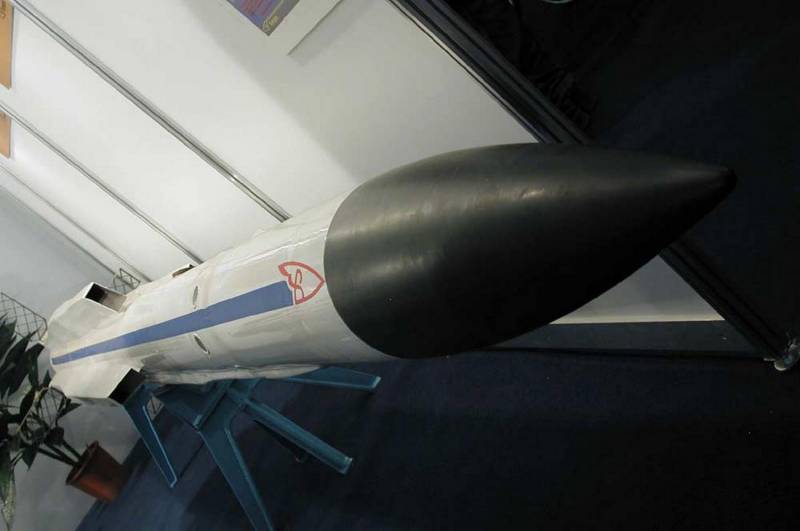
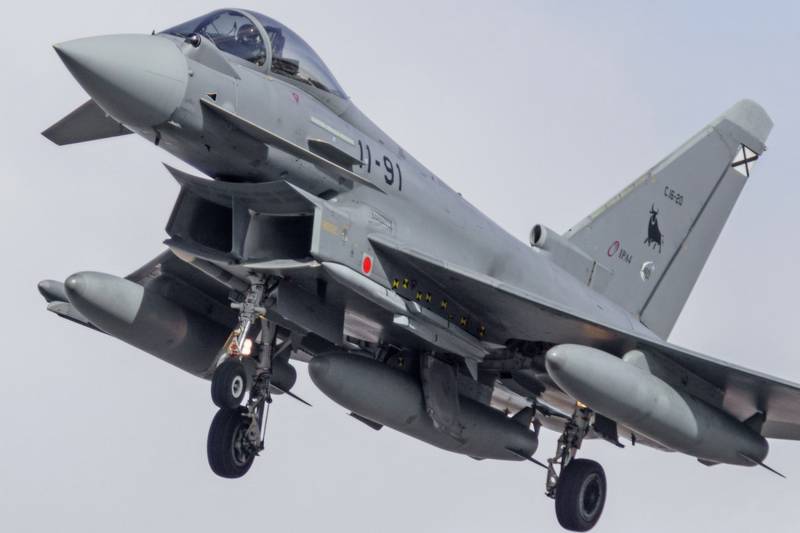
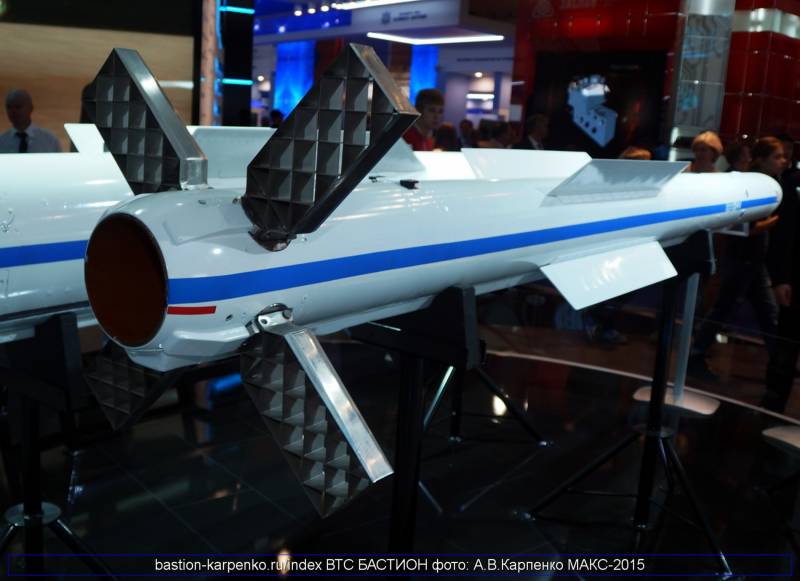
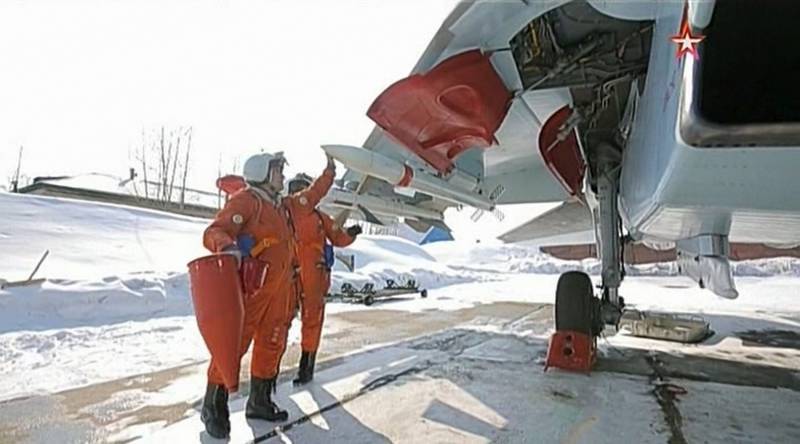
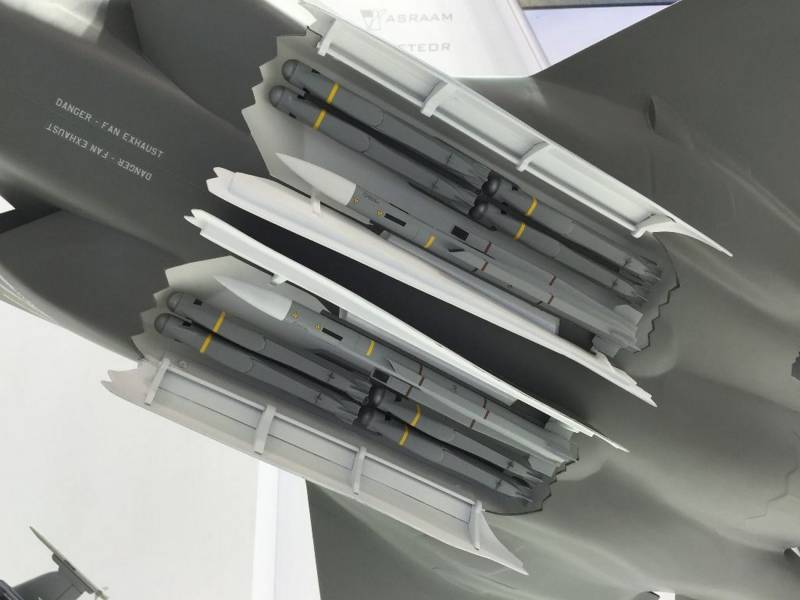
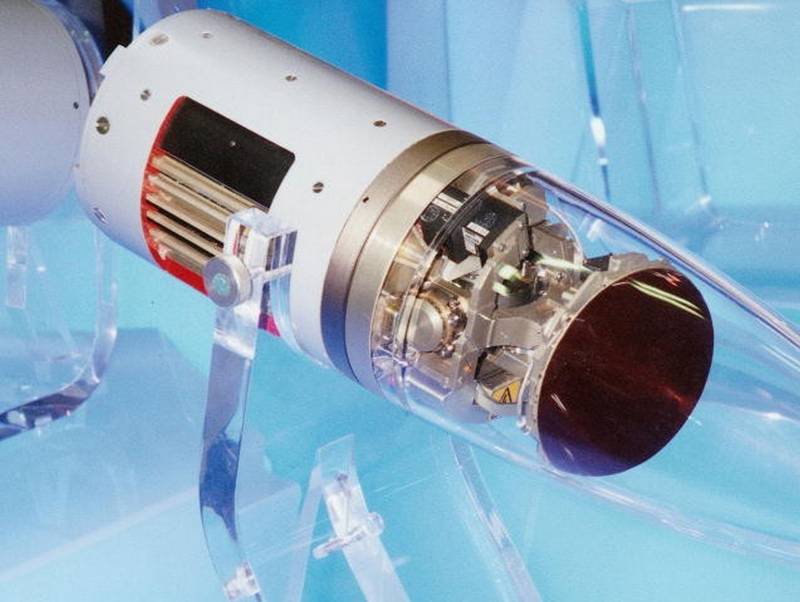
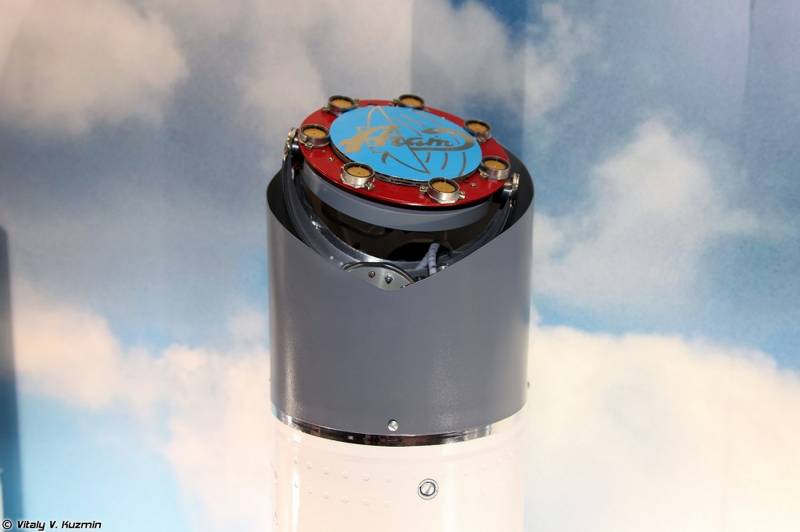
Information